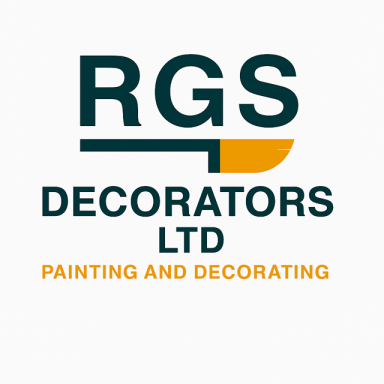Welcome to RGS Decorators Limited Info Area.
Where are we going this year!
Our Mission is to bring Painting and Decorating into the 21st Century as we work towards our SSIP and transitioning into a Limited Company for 2025

Eco-Friendly Paints & Sustainable Practices
VOC regulations are tightening. Water-based, low-VOC, and plant-based paints will dominate. Developers will increasingly demand BREEAM/LEED-compliant products. Waste reduction and paint recycling will become standard requirements.
Spray Painting & Advanced Application Tools
Airless and HVLP sprayers are becoming the popular. They offer faster, cleaner finishes. Training in spray systems will be crucial as we push for speed and quality.
Smart Paints & Coatings
Thermochromic, antibacterial, and energy-efficient paints will become popular in healthcare, schools, and smart homes. These offer added value and meet modern building standards.
Digital Estimating & AI Quoting Tools
Software tools like PaintScout and MeasureSquare help decorators quote faster and track job costs. Clients increasingly prefer digital submissions and real-time job tracking.
Robotics & Automation
Robotic painting systems will be trialled in large commercial projects. These are early-stage but may reduce demand for low-skilled labour in large-scale repetitive tasks.
Accreditations & Compliance Requirements
SSIP schemes (e.g., CHAS, SMAS, Construction line Gold) will be minimum standards by 2026. Policies on mental health, diversity, and sustainability will be required in RAMS and PPQs.
Specialist Finishes in Demand
Decorative finishes like Venetian plaster, murals, and microcement will grow in popularity. These high-margin services offer differentiation and premium pricing.
Shortage of Skilled Labour
With fewer skilled decorators entering the trade, professionals with CSCS cards and quality workmanship will be in high demand. Teams that are reliable and professional will command higher day rates.
Net-Zero Construction Goals
Developers are targeting net-zero supply chains by 2030. Decorators will need to demonstrate sustainable product usage, low-emission transport, Product tracking so less waste and carbon reporting.
